Ordinals: The Bitcoin Community is divided over NFTs – yet again
This week, our blockchain experts assessed the following topics:
- Ordinals: The Bitcoin Community is divided over NFTs – yet again
- The latest Uniswap DAO vote shows the perils of on-chain governance
- The latest on alternative cryptos
- Digital Payments and beyond
Our bi-weekly Crypto Industry Report provides you with valuable information on the global crypto industry – picked and analysed by our blockchain experts.
Ordinals: The Bitcoin Community is divided over NFTs – yet again
There’s a new innovation —depending on whom you ask — on the Bitcoin blockchain called Ordinals. Casey Rodarmor, a software engineer and ex-Bitcoin Core contributor, launched Ordinals on the Bitcoin mainnet on January 21, 2023. Using ordinal numbers, users can assign arbitrary content to satoshis (smallest denomination in Bitcoin), turning them into Bitcoin-native non-fungible tokens (NFTs). The Ordinals project calls these NFTs digital artefacts and the process of creating them is called inscription, as opposed to minting.
Bitcoin Ordinals has brought NFTs directly on the Bitcoin blockchain. For some, this is an improvement, since Bitcoin NFTs previously lived only on sidechains like Liquid network or Stacks. Others think, it might be too much of an overkill putting NFTs directly onto Bitcoin’s base layer. This is because Ordinals increase the amount of data on each block, which can hike transaction fees. And yes, after the Ordinals project was launched, bitcoin transaction fees did indeed rise.
For example, it cost a Bitcoin user $200 to inscribe a GIF of the popular Nyan Cat. So critics believe that if Ordinals become more popular and begin to price out standard transactions, fees would even spike significantly higher, pushing away users that simply want to use bitcoin as money. They are, therefore, against large blocks that could jeopardize Satoshi's vision for bitcoin. And yes, real Bitcoin maximalists do also categorically disapprove of NFTs altogether.
Since the launch of Ordinals, Bitcoin block sizes have expanded to almost 4 MBs. For example, the Luxor mining pool mined a block that was 3.96 MB. The block contained Ordinal inscription #652, a JPEG image of a wizard. The average bitcoin block size has been below 2MBs over the last 3 years. In response to this act, Bitcoin advocate Jimmy Song has said the market should punish the pool and that smaller block sizes should be considered.
On the other hand, Ordinals supporters believe that Bitcoin maximalists take things too seriously. In their opinion, larger blocks mean more money for miners, encouraging more people to mine BTC. Consequently, more miners would mean higher security for the Bitcoin network. At the same time, Ordinals may increase miner extractable value (MEV) on Bitcoin. This is because Ordinal transactions raise transaction fees, generating more revenue for miners. That means regular users conducting standard transactions will have to compete with Ordinal transactions, requiring them to pay more to get their transactions prioritised. This will be especially the case if miners decide to focus on Ordinal transactions. And with MEV, the risk of getting sandwich-attacked as a user might also rise.
On the technical side, Ordinals uses a loophole in the 2021 Taproot upgrade. Taproot brought virtually unlimited storage to Bitcoin due to smaller transaction sizes on blocks. That means Ordinals wouldn’t have happened without the Taproot upgrade. As a result, Ordinals has boosted Taproot adoption from less than 3% to 99.5% recorded in the first month of February. It will be interesting to see how this newly enabled functionality of Bitcoin base layer NFTs will fare in the near future.
The latest Uniswap DAO vote shows the perils of on-chain governance
The Uniswap DAO is currently voting on a governance proposal by OxPlasma Labs to deploy Uniswap v3 on BNB Chain. The vote started on February 5 and will end on the 10th. Before this, UNI token holders held a temperature check vote that garnered 20 million (80.28%) “yes” votes and 4.9 million (19.72%) “no” votes. Anyone that holds the Uniswap token (UNI) gets voting rights, allowing them to participate in the protocol’s decisions.
Unlike other Uniswap DAO voting processes, this one seems to have sparked controversy since the VC behind Wormhole’s competitor, a16z, has overwhelmingly voted against the proposal. The Andreessen Horowitz (a16z) crypto arm supports competitor bridge LayerZero. It was one of the bridges proposed for the deployment of Uniswap v3 on the BNB Chain, alongside Wormhole and two other bridges. However, the majority of the Uniswap community voted for Wormhole with 28 million votes, while LayerZero only attracted 17 million votes during a snapshot vote.
It now seems that a16z wasn’t happy that LayerZero didn’t win the vote and is now putting the full weight of the 15 million tokens it holds against the deployment of Uniswap v3 on the BNB Chain. At the time of writing, the vote count against the proposal stood at 23.16%. Wormhole supporters had hoped that a16z wouldn’t try and tank the vote. “If a16z goes against community vote and tries to tank it, I'd be shocked. That would be truly abhorrent, and I don't think they would go that far,” said the supporter.
Nevertheless, this is exactly what has happened, and many are now beginning to see the political side of decentralised finance (DeFi). “Open your eyes. Anti-competition cartels in DeFi are REAL,” Chris Blec, an advocate of decentralized tech, described the situation on Twitter.
Venture capitalist firm a16z’s political play could prevent Uniswap from implementing the proposal, even though it’s crucial and urgent. Deploying Uniswap v3 on the BNB Chain will give the decentralised exchange first mover advantage on this blockchain before its Business Source License expires in April. Once this happens, anyone can paste the Uniswap v3 code onto the BNB Chain and start making money.
Politics in DeFi isn’t good, since it will be no different from traditional systems where a few powerful entities decide the direction a vote will go. Based on the way the proposal’s vote is going, however, it looks like a16z isn’t having its way. Therefore, there may be some hope for DeFi after all.
The latest on alternative cryptos
The world of alternative cryptos is abuzz with activity. Our update in this section kicks off with Chainlink Labs, which has joined hands with Israeli software company StarkWare, bringing price feeds to the StarkNet ecosystem. Chainlink is a blockchain oracle network built on Ethereum that enables the movement of data from off-chain sources to on-chain smart contracts. By introducing Chainlink’s oracle services to StarkNet — Chainlink data feeds are already live on the StarkNet testnet — users and developers will enjoy lower costs and accelerated ecosystem growth.
Cardano is also making moves of its own. It has launched an algorithmic stablecoin called Djed (DJED). The stablecoin is overcollateralised for security purposes and requires a collateral value between 400% and 800% before it’s issued to a user. Less than a day after launching, DJED had more than 27 million ADA tokens backing it. SHEN token is Djed’s reserved coin. It guarantees stability, the collateralisation rate, and covers ADA fluctuations. DJED had been developed by Cardano’s code maintainer Input Output Global Inc. (IOG) and layer 1 blockchain Coti.
Lastly, Polkadot’s 2022 performance was relatively decent despite the setbacks the crypto sector went through that year. Polkadot is a blockchain that facilitates the transfer of data and assets between chains by bringing them together, seeing itself as a sort of layer-0 technology.
According to a Messari report, daily active accounts on Polkadot’s Relay Chain grew by 64%, while new accounts surged by 49% in Q4/2022. Messari attributes the rise to people moving from FTX to more transparent, decentralised networks like Polkadot. Moreover, the network’s Cross-Consensus Message Format (XCM), which rolled out in Q2/2022, did well, transmitting more than 166,000 transfers across 70 channels. XCM enables the communication between parachains (application-specific layer 1 chains that are based on Polkadot’s Substrate blockchain framework).
In Q3, Polkadot introduced nomination pools, allowing anyone to stake with as little as 1 DOT. Despite the improved staking access, the total stake declined in Q4/2022. Total stake fell from 698 million to 572 million, an 18% drop quarter-over-quarter.
Furthermore, Polkadot recorded active developer activity in 2022. The network’s developer community grew to more than 2000 developers in 2022 from less than 200 in 2018. Polkadot now has the second-largest number of full-time developers, standing at around 764.
Digital Payments and beyond
According to a paper by the Bank for International Settlements (BIS), digital payments have grown in volume and value over the past decade. However, they haven’t fully replaced cash, since the demand for cash remains strong.
That said, non-western central banks are still pushing the boundaries when it comes to CBDC projects. For example, the National Bank of Kazakhstan (NBK) will start CBDC proof-of-concept (PoC) work this year. Binance is helping the country with the execution of its Digital Tenge CBDC initiative. The CBDC integration will be tested on the BNB Chain. Moreover, Iran’s central bank will launch its CBDC, the CryptoRial, on February 7. On the other hand, China pushed for the increased adoption of the digital yuan during the Lunar New Year holiday through coupons and subsidies. The CBDC promotion initiatives spent more than $26.6 million.
In Europe, stablecoins may be the more imminent option compared to CBDCs. That’s because Membrane Finance, a company in Finland, has launched a Euro-backed stablecoin on Ethereum. This will assist the company to offer near-instant cheap global payments. Still, CBDCs may not be completely out of the picture, since the UK’s Treasury is looking for a CBDC head as it explores a digital pound.
Share post
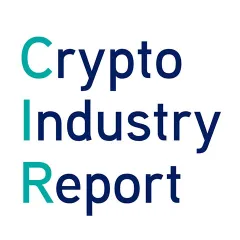
Related Posts
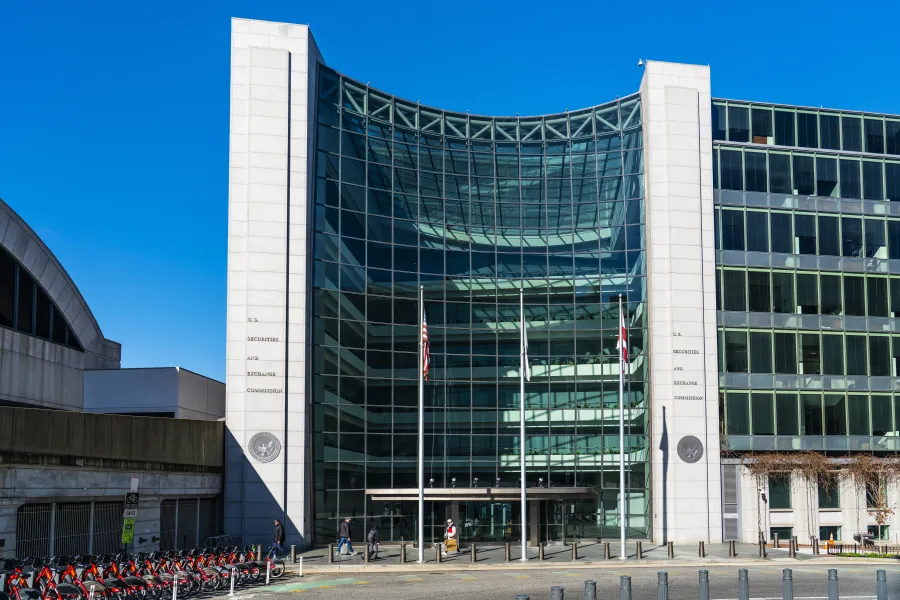
To be continued: SEC pushes back at Coinbase
SEC pushes back against Coinbase's claim of no regulatory jurisdiction, stating the crypto exchange knowingly violated securities laws. Meanwhile, Gemini, owned by the Winklevoss twins, files a lawsuit against Digital Currency Group and CEO Barry Silbert alleging fraud and deception following the collapse of a lending venture. The Bank for International Settlements survey reveals that 93% of central banks are working on Central Bank Digital Currencies (CBDCs) which are seen as potential geopolitical policy tools and a challenge to the dollar's dominance. The race for a Bitcoin ETF intensifies, with BlackRock refiling its application featuring Coinbase as the market surveillance partner, as the Grayscale Bitcoin Trust's discount to net asset value narrows, potentially indicating the transformation into a proper ETF.
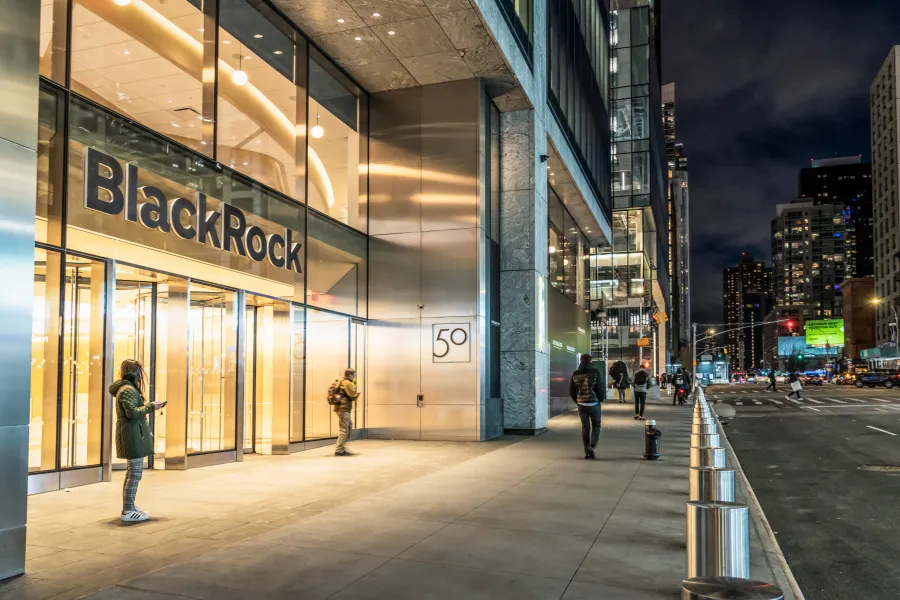
BlackRock fever: The ETF filing spree and institutional appetite
BlackRock filed for a Bitcoin ETF with the SEC, inspiring similar applications from firms like WisdomTree, Invesco, and Fidelity, and boosting Bitcoin's value. Traditional finance institutions such as Fidelity and Nasdaq are showing increased interest in crypto, with moves towards exchange and custody services. The defunct crypto exchange FTX, under new CEO John Ray III, is planning a potential revival after recovering significant assets. Meanwhile, the IMF is developing a global CBDC platform for cross-border transactions and DAI, a major stablecoin, is diversifying its backing from USDC to include real-world assets.
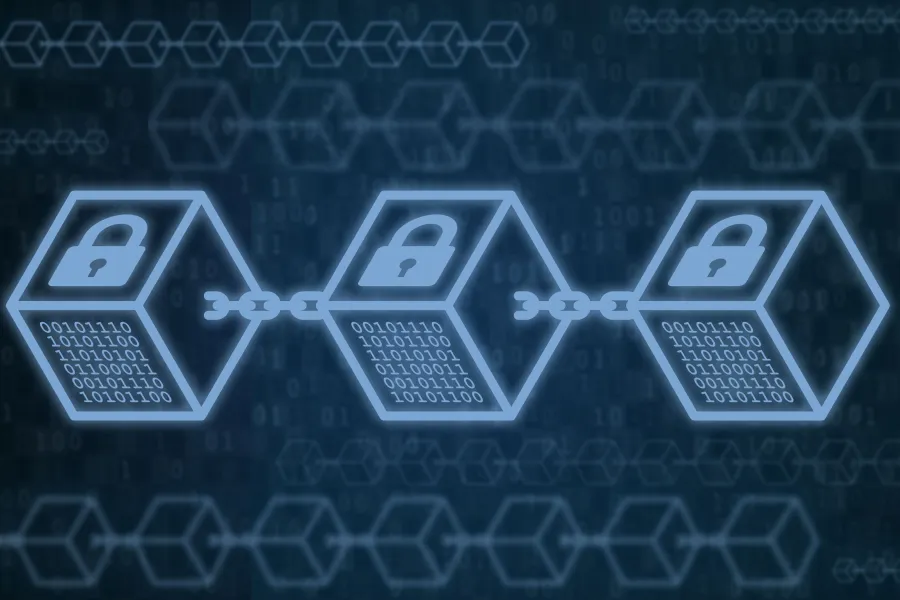
SWIFT explores blockchain interoperability
SWIFT has partnered with Chainlink to experiment with leveraging its infrastructure for transferring tokenized value across blockchain networks. The trials will address interoperability, regulatory challenges, and operational drawbacks for financial institutions in a blockchain environment. Chainlink will provide connectivity between private and public blockchains. SWIFT's findings will be published later this year.

China wants an Internet 3.0, while Hong Kong gears up for crypto trading launch
China is striving for advancement in Internet 3.0 technologies, with Beijing's white paper outlining plans to invest in the development of the metaverse and Web3 tech such as non-fungible tokens, but not cryptocurrencies due to the country's previous ban. Meanwhile, Hong Kong is launching its new crypto trading regulations, allowing retail investors to participate from June 1, 2023, with exchanges like Huobi Hong Kong beginning to offer spot trading to retail and institutional clients. Furthermore, the Cybersecurity and Technology Crime Bureau of the Hong Kong Police Force is launching a metaverse platform, 'CyberDefender', to educate the public about potential threats and crime prevention in the metaverse.
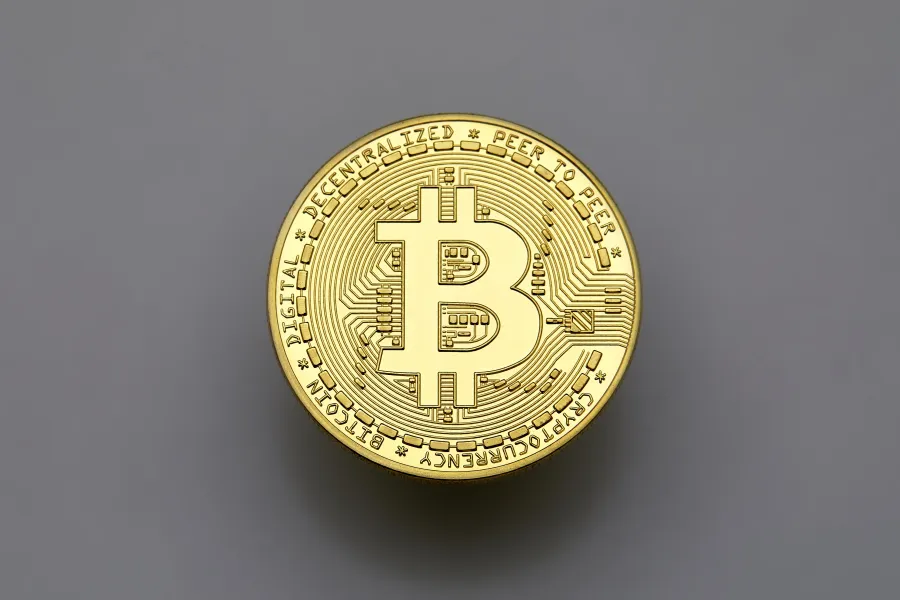
BRC-20: Innovating on Bitcoin is the new cool
A new Bitcoin “token standard” called BRC-20 is the hottest thing right now in the crypto space. It was introduced in March 2023 by a pseudonymous person called Domo. Bitcoin Request for Comment 20 (BRC-20) is an experiment that brings fungible tokens to the Bitcoin blockchain using the Ordinals protocol. Ordinals rely on ordinal theory, enabling the identification and tracking of individual satoshis within Bitcoin's existing supply, while also allowing them to be inscribed (associated) with data. Through this technique, satoshis (sats) are given ordinal numbers starting with zero. Anyone can add a script file to a sat to create and transfer a BRC-20 token on the Bitcoin blockchain. BRC-20 tokens are created using three functions: deploy, mint, and transfer.

US versus EU: Giants fighting for regulatory clarity
It is official now: The European Parliament voted overwhelmingly in favour of Markets in Crypto Assets (MiCA), legislation that will guide the crypto sector in all 27 European Union member states. 517 parliament members voted for it, while 38 voted against it. This approval makes Europe the first continent with comprehensive rules for cryptocurrencies. Also, it means that all EU member states will have unified crypto regulations. So, if a crypto business is approved in one EU member country, it could easily expand operations to another member state. The EU’s milestone was lauded by Binance as well as Kraken and Coinbase.
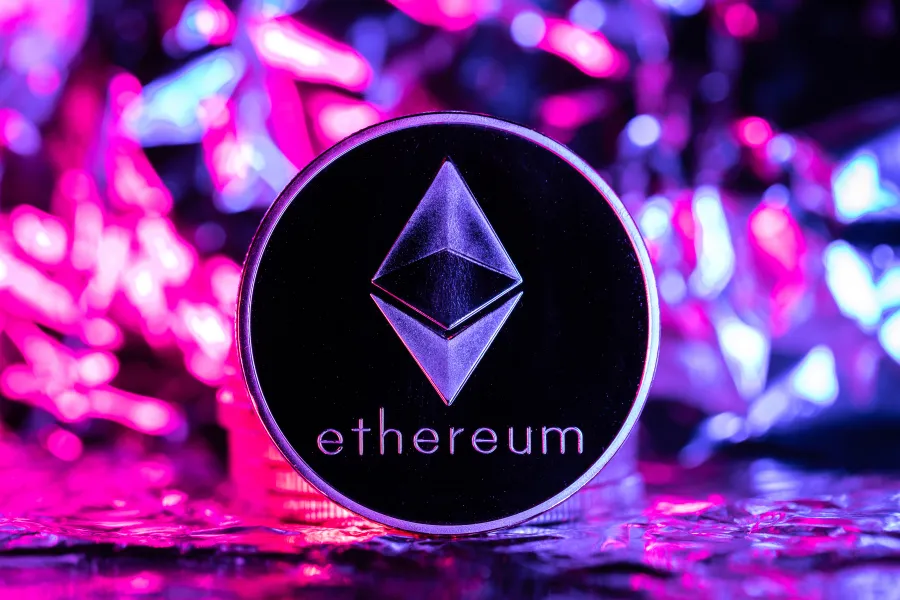
Ethereum: Another milestone reached with the Shanghai Update
On April 12, 2023, Ethereum successfully executed the planned Shanghai update also known as Shapella. The upgrade allows validators to unstake their staked ETH and withdraw their rewards, as well as staked ether if chosen. Now that another level of uncertainty has waned for the biggest smart contract blockchain, this new feature could attract more investors to stake their ether.

CFTC versus Binance:
Clash of the titans
The world’s leading crypto exchange by volume, Binance, alongside its CEO, Changpeng Zhao, and ex-Chief Compliance Officer, Samuel Lim, are being sued by the US Commodity Futures Trading Commission (CFTC).
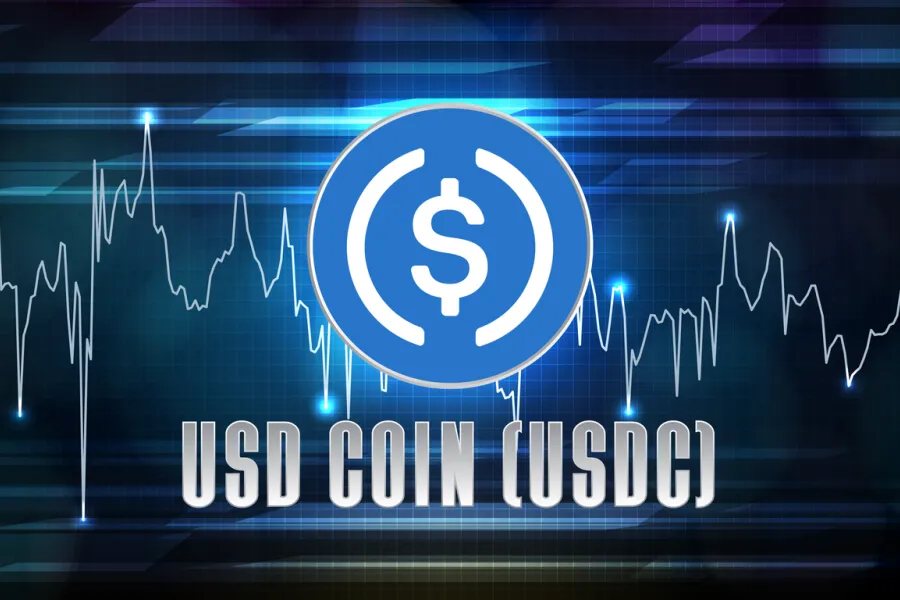
Stablecoin USDC briefly lost its
peg. What do we learn from this?
One of the top stablecoins by market cap, USD Coin (USDC), de-pegged briefly from the US dollar on March 11 following the collapse of Silicon Valley Bank (SVB). Circle, the stablecoin’s issuer, held $3.3 billion in USDC reserves with the bank, which caused panic as investors rushed to withdraw their funds, assuming USDC could implode because of insufficient backing. However, the amount represented less than 8% of the stablecoin’s reserves.

Ethereum Shanghai upgrade pushed to April: Will there be too much selling pressure?
Ethereum stakers have been eagerly awaiting the Shanghai upgrade, which will enable them to withdraw their staked ether. Stakers’ funds have been locked since Ethereum introduced the proof-of-stake Beacon Chain in December 2020. The upgrade was originally slated to take place sometime in March but was pushed by about two weeks to April during a recent execution layer meeting.